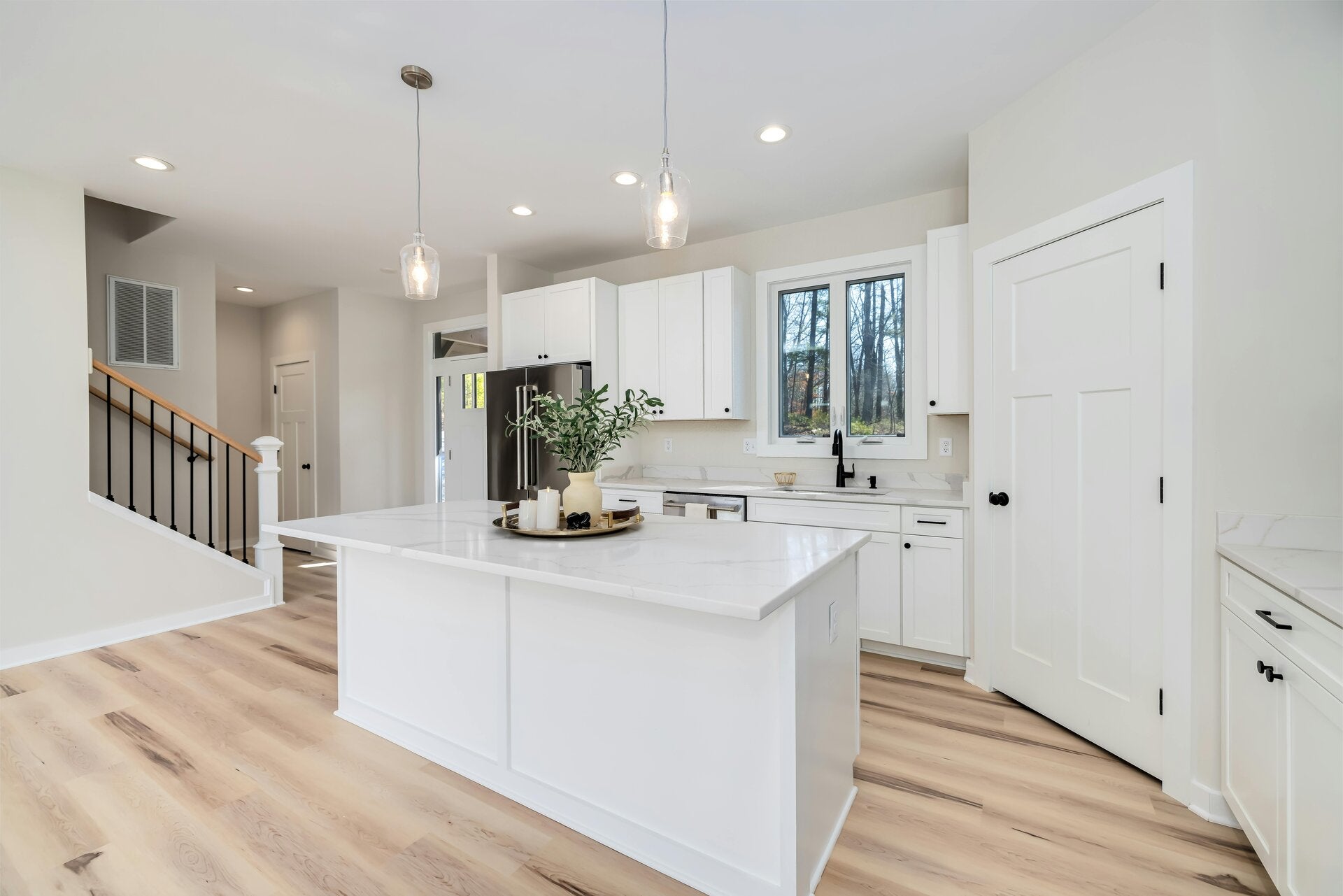Here’s a comprehensive overview of Walthamstow, covering its history, transport, education, community, employment status, and property market in East London:
1. History of Walthamstow
-
Early Origins: Recorded in the Domesday Book (1086) as Wilcumestou ("Place of Welcome"), Walthamstow was a rural Essex manor before becoming part of London in 1965.
-
Industrial Growth: The 19th-century railway expansion spurred suburban development, transforming it from a village to a bustling suburb. Key milestones include the establishment of Walthamstow Market (Europe’s longest outdoor market) and innovations like the first British motorcar (1892).
-
Incorporation into London: After campaigns against Essex’s taxes, Walthamstow became a municipal borough in 1929 and merged with Chingford and Leyton in 1965 to form the London Borough of Waltham Forest.
2. Transport Links
3. Education
-
Schools: Notable institutions include Walthamstow School for Girls, Walthamstow Academy, and the prestigious Forest School (a diamond-structure independent school).
-
Higher Education: Waltham Forest College and London College of Fashion offer vocational and creative courses.
4. Community & Culture
-
Diversity: A multicultural area with vibrant eateries, festivals, and a strong arts scene, including the William Morris Gallery and God’s Own Junkyard (neon art gallery).
-
Green Spaces: Walthamstow Wetlands (Europe’s largest urban wetland) and Lloyd Park provide recreational opportunities.
-
Market Culture: The historic Walthamstow Market remains a community hub, known for its eclectic stalls and street food.
5. Employment Status
-
Key Sectors: Creative industries, retail (linked to the market), and education dominate. The area’s gentrification has spurred growth in tech and hospitality.
-
Challenges: While unemployment rates align with London averages, some pockets face economic disparities.
6. Property Market
-
Affordability: More budget-friendly than central London, with average rents at £1,100/month for a 1-bed flat and Victorian terraces cheaper than in Shoreditch.
-
Growth: Property prices rose 22.3% (2013–2014), outpacing London’s average, driven by gentrification and transport links.
-
New Developments: Blackhorse Road and Wood Street are focal points for modern housing projects.
Summary
Walthamstow blends historic charm with modern vibrancy, offering affordable living, excellent transport, and a tight-knit community. Its evolution from an Essex village to a trendy London enclave makes it a unique destination for families, professionals, and creatives alike.



